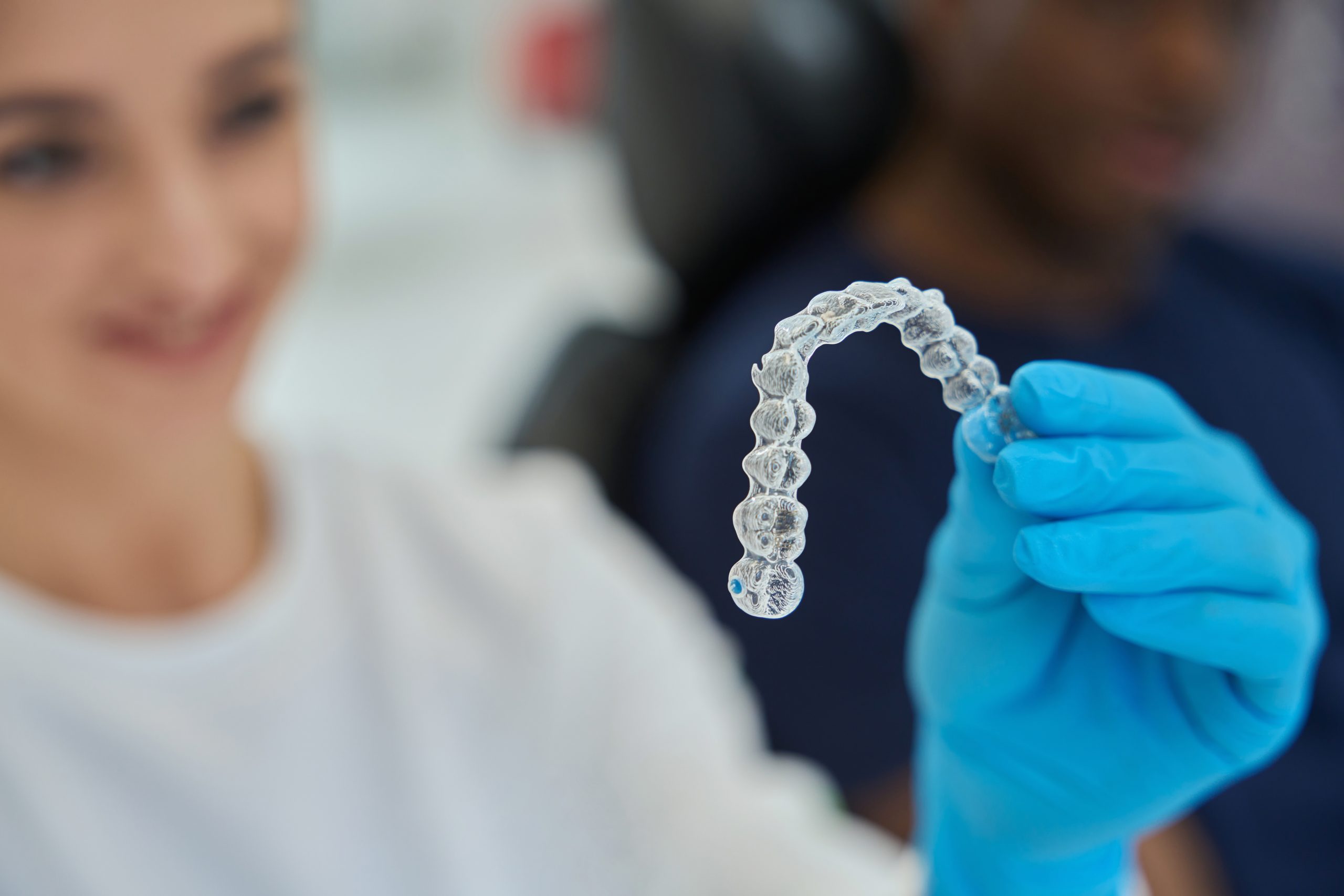What is the best age to get braces?
Teeth can have a significant impact on self-esteem, which is why many parents choose to get braces for their child. However, parents often have questions about the process, the cost, and at which age a child should have braces.
Most orthodontists advise that a child should get braces between the age of 9 and 15. The child’s body is still growing, as is their head and mouth. It means that the teeth are more conducive to aligning, and the treatment time is shorter.
Still, patients with orthodontic problems may benefit from braces at any age. However, this may lengthen the time the braces are worn and the effectiveness of the treatment.
Therefore, the consensus is that kids should get braces before puberty.
How do you know your child needs braces?
Braces are widely popular, and it can feel like it is the right thing for your child as well.
However, the Australian Society of Orthodontics (ASO) states that there are 8 signs that tell if your child needs braces.
Before you take your child for an orthodontic assessment, look out for:
- Misplaced, crooked, or crowded teeth
- Thumb sucking beyond the age of 5
- Difficulty in biting or chewing
- Protruding teeth
- Overbite or underbite
- Irregular, early, or late loss of baby teeth
- Jaws and teeth out of proportion with the rest of their face
- Mouth breathing
If you have noticed any one or more of these 8 signs, feel free to request a consultation with one of our friendly team members.
I WANT TO BOOK A NO-GAP CONSULT TODAY
What are the different types of braces or orthodontic appliances?
The purpose of braces is to put pressure on the child’s teeth to correct alignment problems. This steadily moves the teeth into a straighter position. Depending on the nature of the problem, your orthodontist will advise the type of braces needed.
There are two main types of appliances:
Braces
- Metal braces
Metal braces are the most common and require brackets, wires, and rubber bands. Each tooth is fit with a metal bracket with the wire track running through it. The rubber bands are used to further place pressure on the teeth to move them into the desired position. These are adjusted every few weeks. - Clear braces
Ceramic braces are far less noticeable and are often also used for adults. We use Damon Clear at Fox Orthodontics and these clear braces are colour matched to the tooth colour. Therefore, it doesn’t stand out and makes this a discreet option. - Lingual braces
Lingual braces are contoured to hug the lingual (tongue-side) surfaces of the teeth. These braces are completely hidden and therefore people won’t see a mouth full of plastic or metal. Our practice uses Incognito braces. These have a low profile, so they are less likely to interfere with speech. They come with special custom-made arch wires that are precisely programmed with your child’s unique prescription to ensure efficient and effective tooth movement.
Clear aligners
Clear aligners or invisible braces are a series of plastic aligners that are designed to align your child’s teeth in a sequential manner. Clear aligners are easily removed for eating or to clean the teeth. The aligners are changed every 7-10 days and are replaced with a new aligner. The severity of misalignment of teeth and jaws treatment will influence the number of aligners it takes to correct the alignment of the teeth.
How long should a child wear braces?
The length of time the braces are worn depends entirely on the orthodontic problems that need to be corrected. However, the average time is two years. After which most children will wear a retainer.
It is common for pre-adolescents to get braces. However, there are two phases in which orthodontic issues should be addressed.
Phase 1: The objective of this phase is to intercept developing problems by normalizing the growth environment. This allows for improvement of future growth. Any intervention done at this stage will either reduce or simplify any future orthodontic treatment for children. It will lead to harmonious development of jaws and may eliminate the need for extractions and abnormal tooth wear as well as risk of trauma to teeth. During this treatment phase a child has a mixture of adult and baby teeth. The treatment can take between 12 and 15 months. Once the treatment is finished it is advised that a child continues to be assessed by an orthodontist to ensure adult teeth erupt correctly during teenage years.
Phase 2: The objective of this phase is to address any issues that have not been resolved following Phase 1 of orthodontic treatment. The child generally has all their permanent teeth. The treatment can be executed using any kind of braces (metal, ceramic, or lingual) or clear sequential aligners. The treatment span is about 18-24 months and it depends a lot on the severity of misalignment of teeth and jaws.
Retention Phase – After finishing orthodontic treatment, the retention phase begins and during this phase the orthodontist places either removable, or a combination of removable and fixed retainers to ensure the teeth maintain their desired position. A retainer is advised to be a lifetime commitment and without a retainer, the newly straightened teeth may revert to their original position. At Fox Orthodontics we advise a removable- only or a combination of fixed and removable retainer. We monitor this phase for at least two years after the Phase 2 treatment.
Upon your consultation, a registered specialist orthodontist will discuss with you the right treatment for your child and the expected treatment time.
How much do braces cost?
Metal braces can cost in the region of $4500 to $8000, with ceramic braces a little higher at between $5000 and $8500. A single arch of lingual braces can cost approximately $7500, with a full treatment approximately $12500—orthodontic treatment with Invisalign between $4500 and $9000.
However, you should consult with our team of specialist orthodontics for more information regarding your child’s specific treatment and the various options we provide.
Can children use Invisalign?
Children can use an Invisalign given that their teeth have developed to an appropriate stage. The treatment is safe and effective for both adults and children. However, it requires care and responsibility; therefore, it may require greater adult supervision. Braces for your child is a wonderful choice to correct orthodontic issues and improve their self-esteem as they enter adolescence. If you would like to get your child braces, sign up for a no-gap consultation with one of our qualified team members








